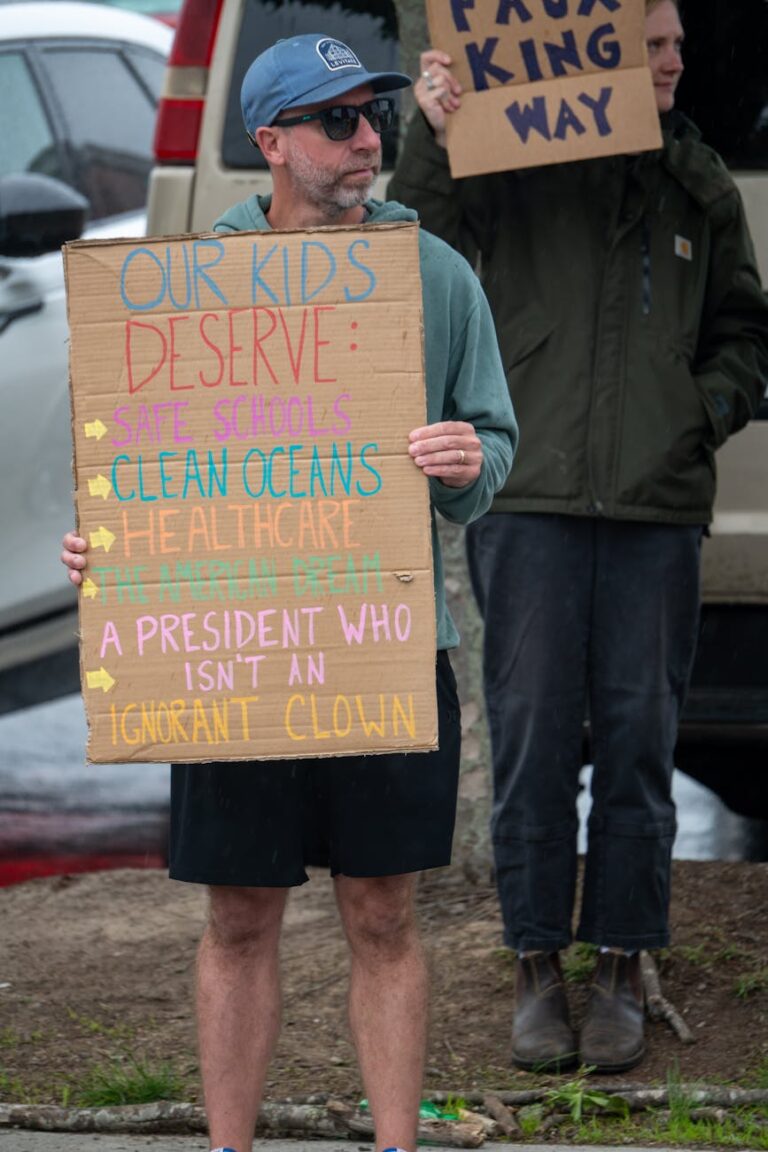- A Unique Political Perspective from the Boss
- Why Democrats Are Viewed as Moving Too Far Left
- Trump: The Greater Threat
- Balancing Critique and Support: A Call for Reflection
- The Role of Public Figures in Political Discourse
- Conclusion
Springsteen’s Stunning Take: Dems Too Far-Left but Trump Is Worst
Bruce Springsteen, often celebrated as the voice of the American working class, recently shared a perspective that has sparked considerable debate across the political spectrum. His take is nuanced: while he critiques the Democratic Party for veering too far left, he nonetheless identifies former President Donald Trump as the greater threat to the nation. This complex viewpoint reflects the intricate realities of contemporary American politics, where party loyalty and ideological boundaries are increasingly fluid.
A Unique Political Perspective from the Boss
Springsteen’s commentary is intriguing because it doesn’t fall neatly into the polarized binaries dominating U.S. politics today. Known for his evocative songs about struggle, hope, and resilience, Springsteen’s political views often emphasize empathy and pragmatism over rigid ideology. His assessment that Democrats have moved too far left resonates with many moderate voters who feel alienated by progressive policies that, while well-intentioned, may not always address the immediate concerns of working-class Americans.
At the same time, Springsteen unequivocally asserts that despite these frustrations, Donald Trump poses a more significant danger. This perspective highlights a growing sentiment that, while dissatisfaction with party policies is valid, the broader implications of leadership choices deserve careful consideration.
Why Democrats Are Viewed as Moving Too Far Left
The Democratic Party has undeniably seen a leftward shift over the past decade, driven by rising progressive stars and policy platforms advocating for sweeping changes in healthcare, climate action, social justice, and economic equality. Proposals like the Green New Deal and Medicare for All have energized a large base of voters eager for systemic change.
However, critics argue that these platforms sometimes overlook the nuances of economic realities faced by many Americans, particularly in rural and industrial communities. Policies perceived as too radical can create backlash among swing voters and conservatives, fueling political inertia rather than unity.
Springsteen’s acknowledgment of this disconnect recalls the concerns expressed by many working-class Americans who feel left behind by globalization and technological shifts but remain wary of policies they see as too disruptive or impractical.
Trump: The Greater Threat
Why does Springsteen regard Trump as the worse of the two? The answer lies in the former president’s leadership style and the consequences of his tenure. Trump’s administration was characterized by divisive rhetoric, challenges to democratic norms, and policies that critics argue eroded human rights and environmental protections.
For Springsteen, the threat Trump embodies transcends partisan disagreements; it’s about the fundamental values and stability of the democratic system. The 2020 Capitol riot, constant attacks on the media, and refusal to accept election results demonstrated, for many, a willingness to undermine the very foundations of American democracy.
This perspective aligns with a broader coalition that, despite criticisms of the Democrats, strongly opposes a return to Trump-era governance due to the potential for chaos and institutional damage.
Balancing Critique and Support: A Call for Reflection
Springsteen’s take encourages voters to think critically about their political choices. It suggests that while it may be valid to critique one’s own party, such dissatisfaction should not blind people to larger dangers posed by opposing leadership that could endanger democratic institutions.
For Democrats, this message may serve as a call to engage more deeply with the concerns of moderate and working-class voters. Finding a middle path that addresses urgent social and economic issues without alienating key constituencies could prove essential for future electoral success.
Meanwhile, Republicans and independents grappling with Trump’s legacy might see in Springsteen’s stance a recognition of the need for leadership that transcends partisan bickering and upholds the country’s democratic principles.
The Role of Public Figures in Political Discourse
As a prominent cultural icon, Springsteen’s opinions carry significant weight. His willingness to express nuanced views, rather than echo partisan talking points, contributes to a richer public discourse. It exemplifies how influential figures can foster dialogue that moves beyond tribalism toward more thoughtful engagement.
In times of heightened polarization, such voices are invaluable. They help remind us that political realities are often complex and that thoughtful citizenship requires wresting with these complexities honestly.
Conclusion
Bruce Springsteen’s thoughtful evaluation—that Democrats have pushed too far left but that Trump remains the greater threat—serves as a compelling reflection on the current political landscape. It resonates with voters who seek both principled leadership and practical solutions. Most importantly, it underscores the necessity of prioritizing the health of democracy over party allegiance.
In an era where political extremes dominate headlines, Springsteen’s balanced perspective invites all Americans to consider the broader stakes at play and to engage in politics with both critical scrutiny and hopeful determination.






